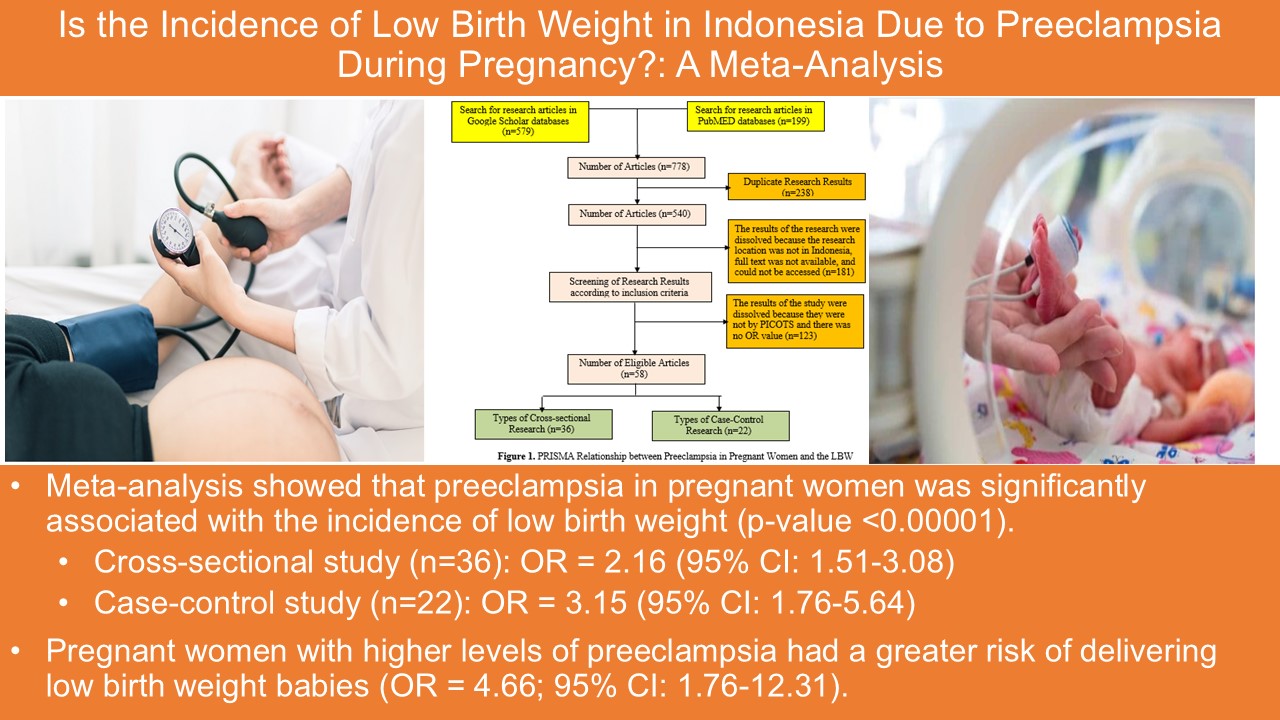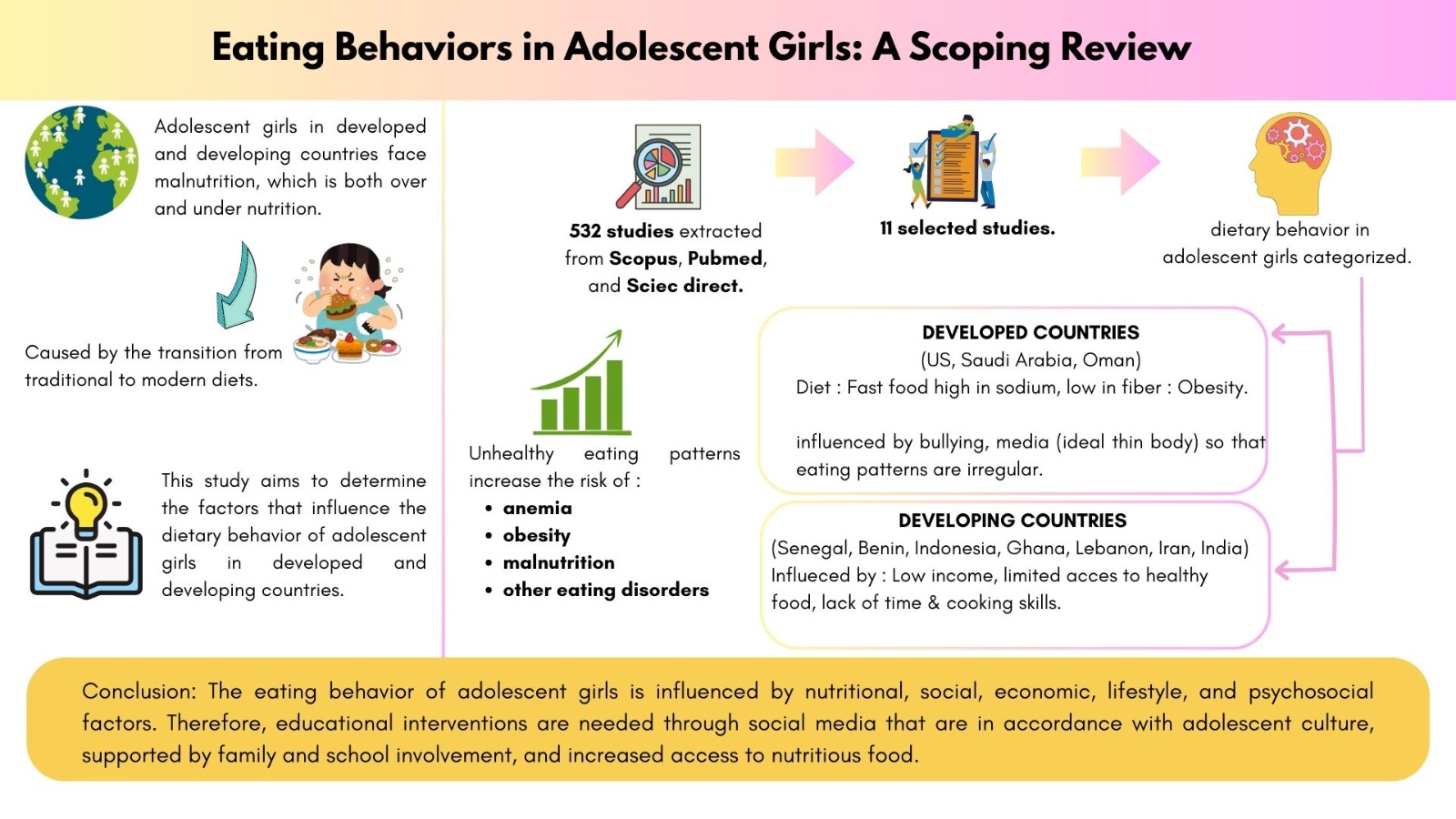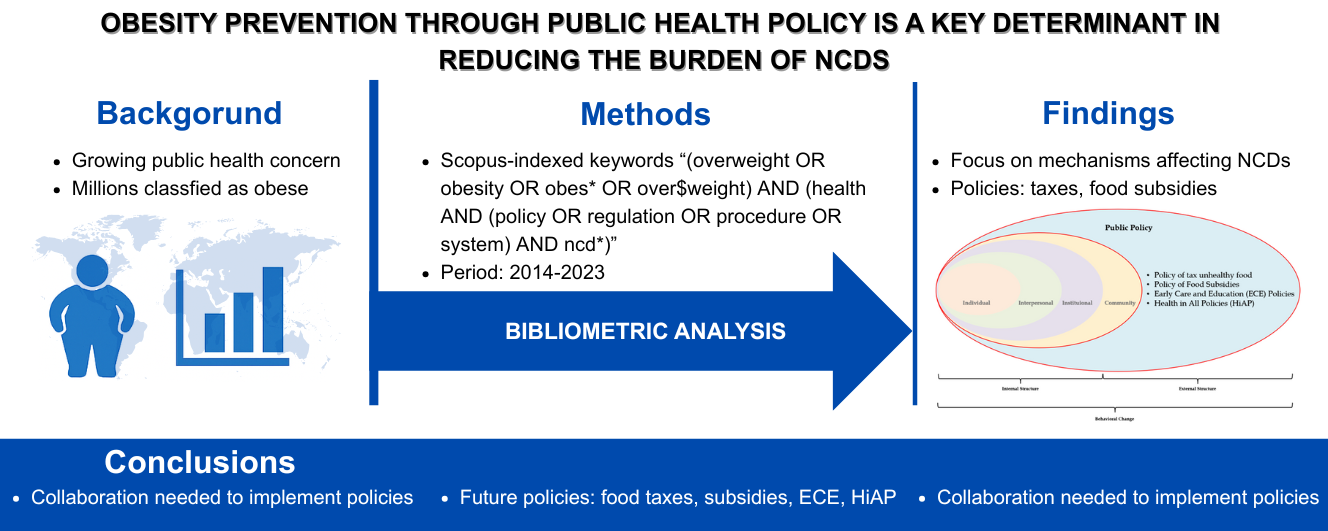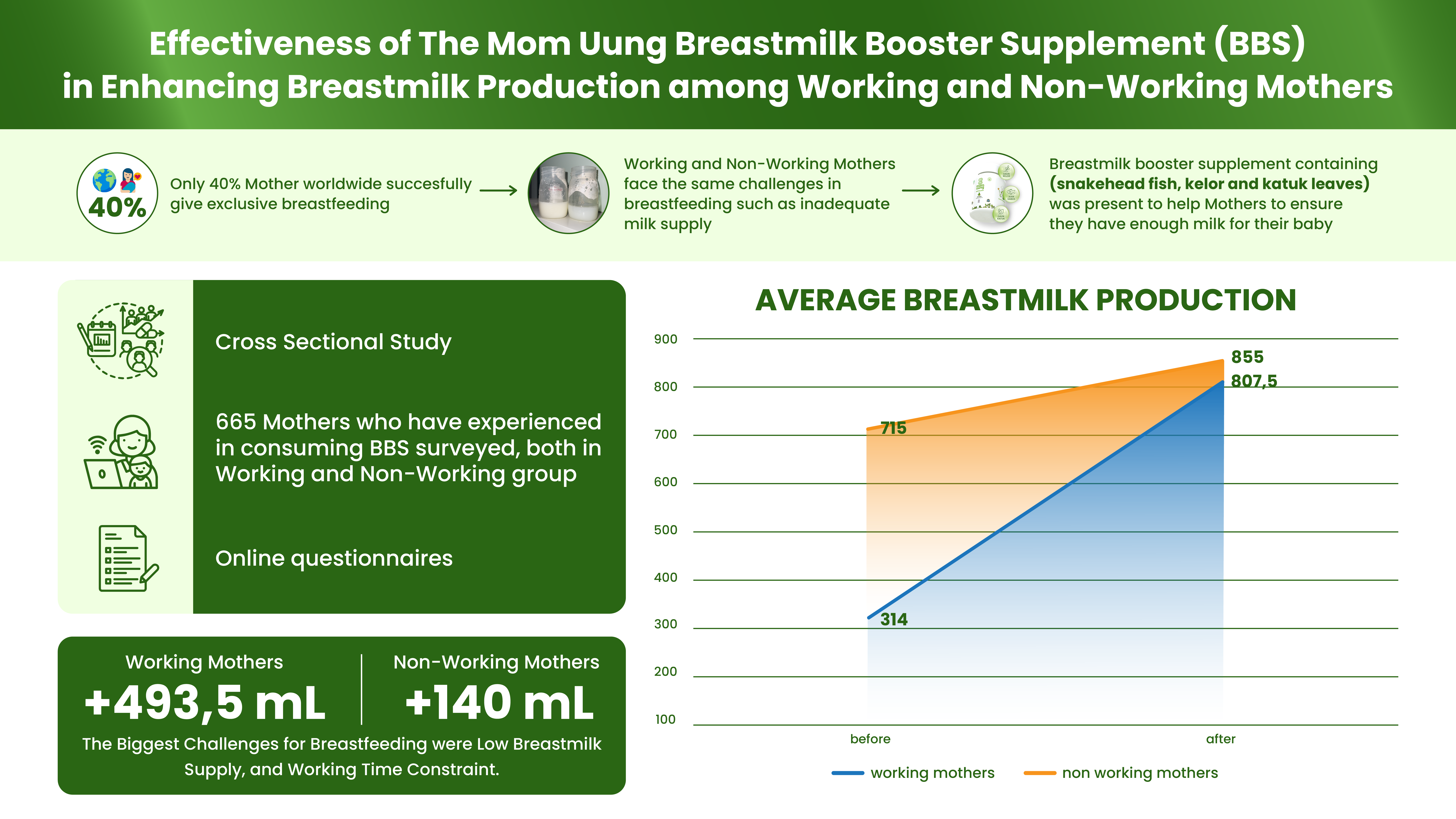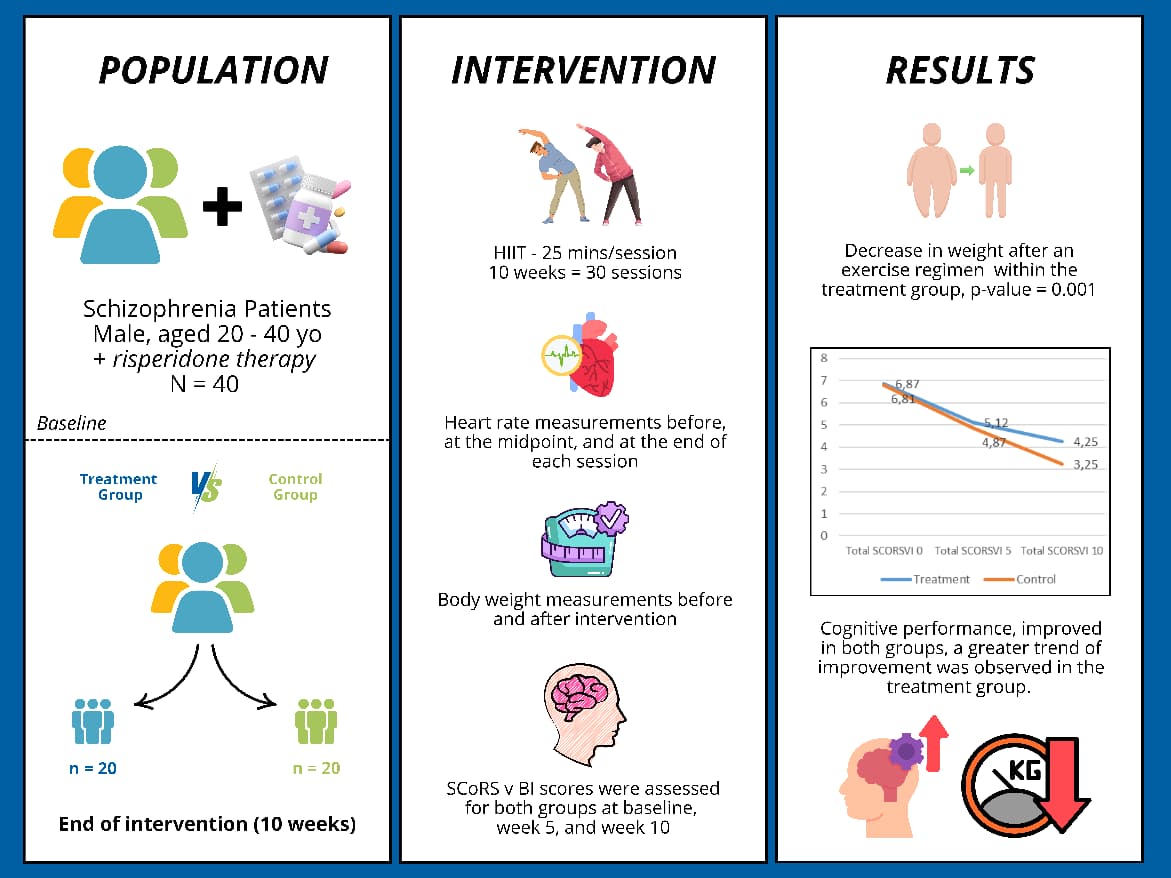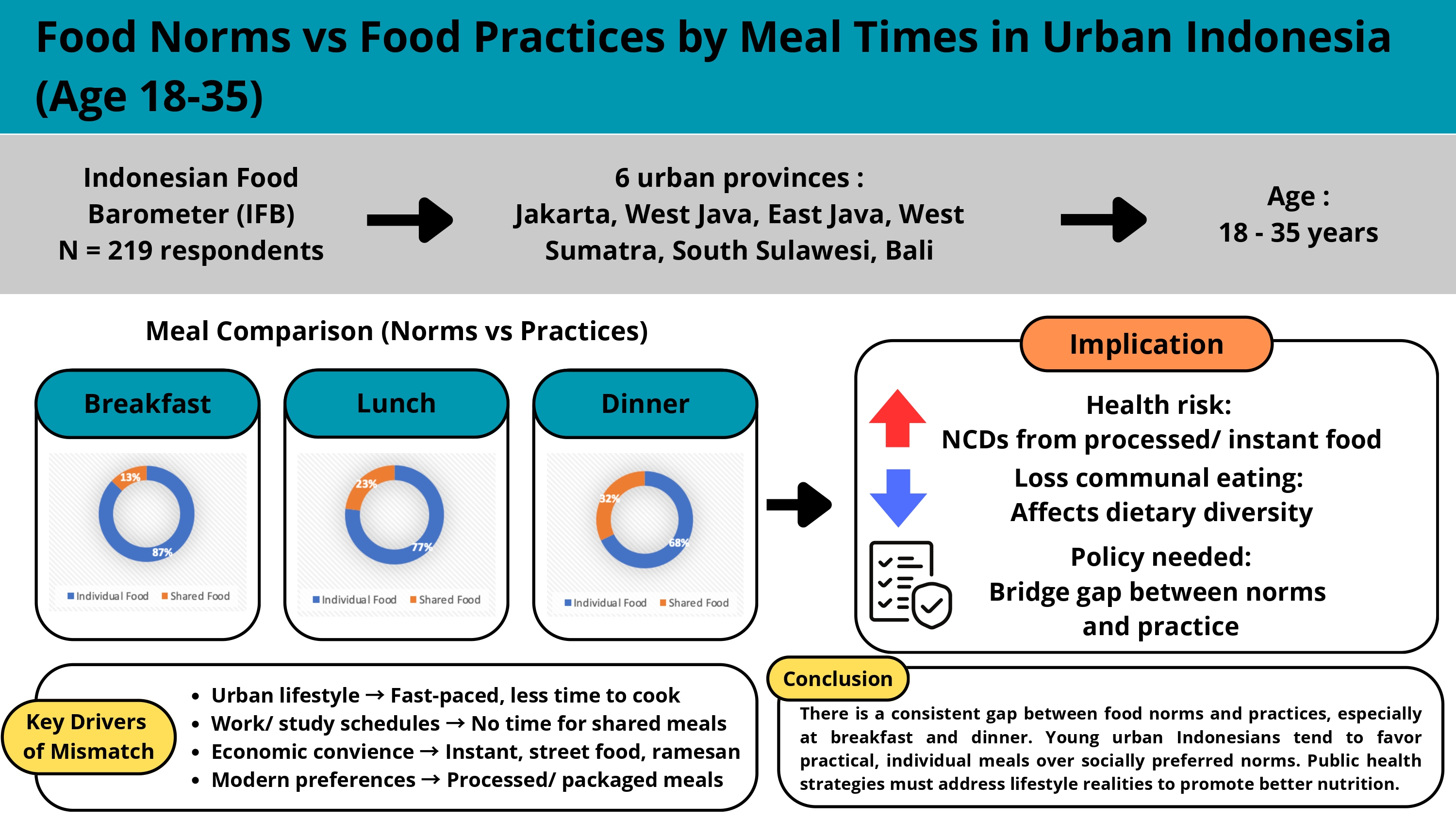THE EFFECTIVENESS OF THE “LAYANAN KESEHATAN CUMA-CUMA DOMPET DHUAFA NUSA TENGGARA TIMUR” FROM “KAWASAN SEHAT” PROGRAM : EFFORTS TO REDUCE STUNTING PREVALENCE IN OEBELO VILLAGE
Downloads
Stunting is a failure of child growth characterized by a lack of height for age Z-score caused by chronic nutritional problems. Stunting has a negative impact on the quality of human resources in the future. Nusa Tenggara Timur (NTT) is the province with the highest stunting cases in Indonesia. LKC Dompet Dhuafa NTT help to accelerate stunting mitigation carried out in Kawasan Sehat Program. The study aimed to determine the effectiveness of stunting interventions through The Kawasan Sehat Program in Oebelo Village. This research is a qualitative and quantitative evaluative research with input-process-output approach. The selection of informants purposive sampling technique with seven informants. Primary data were collected by interviews and observations. Meanwhile, secondary data is carried out by reviewing documents. In the input component, there are still constraints in the adequacy of facilities, infrastructure, and cadre transportation. In the process component, necessary to enhance partnerships and strengthen the commitment of the target groups of the program. In the output component, there has been a decrease in stunting prevalence from 8% to 4%. There are several factors that affect the output such as economic factors, sanitation, and customs. Concluded that the stunting interventions in Kawasan Sehat Oebelo were effective and all components of inputs-processes-outputs were running well.
Alam, K., Tasneem, S., & Oliveras, E. (2012). Retention of female volunteer community health workers in Dhaka urban slums: A case-control study. Health Policy and Planning, 27(6), 477–486. https://doi.org/10.1093/heapol/czr059
Aminah, A., & Riduan, A. (2022). Efektivitas Program Konvergensi Percepatan Penurunan Stunting (Kp2s) Di Kecamatan Haur Gading Kabupaten Hulu Sungai Utara. JISOS: JURNAL ILMU SOSIAL, 1(8), 865–874.
BKKBN. (2021). Retrieved June 25, 2023, from https://www.bkkbn.go.id/berita-indonesia-cegah-stunting
BPS. (2022). Retrieved August 6, 2023, from https://ntt.bps.go.id/
Chomawati, R., & Handayani, O. W. K. (2019). Analisis Efektivitas Program Pos Peduli Gizi Anak Berbasis Potensi Lokal. Kesmas Indonesia, 11(2), 90–105. https://doi.org/10.20884/1.ki.2019.11.2.1498
Hasanbasri, M. (2007). Pendekatan sistem dalam perencanaan program kesehatan daerah. Jurnal Manajemen Pelayanan Kesehatan, 10(02), 56-63.
Kementerian Kesehatan RI. (2022, January 12). Upaya Intervensi Spesifik Kementerian Kesehatan untuk Capai Target Prevalensi Stunting 14 Persen Tahun 2024. Retrieved June 17, 2023, from https://kesmas.kemkes.go.id/konten/133/0/upaya-intervensi-spesifik-kementerian-kesehatan-untuk-capai-target-prevalensi-stunting-14-persen-tahun-2024
Kementerian Kesehatan RI. (2019). Di Rakesnas 2019, Dirjen Kesmas Paparkan Strategi Penurunan AKI dan Neonatal. Retrieved March 18, 2023, from https://kesmas.kemkes.go.id/konten/133/0/021517-di-rakesnas-2019_-dirjen-kesmas-paparkan-strategi-penurunan-aki-dan-neonatal
Kementerian Kesehatan RI. (2022, November 16). Cegah Stunting Itu Penting. Retrieved March 31, 2023, from Direktorat Promosi Kesehatan Kementerian Kesehatan RI website: https://promkes.kemkes.go.id/cegah-stunting-itu-penting
Kementerian Kesehatan RI (2023). Prevalensi Stunting di Indonesia Turun ke 21,6% dari 24,4%.Retrieved March 31, 2023, from Sehat Negeriku website: https://sehatnegeriku.kemkes.go.id/baca/rilis-media/20230125/3142280/prevalensi-stunting-di-indonesia-turun-ke-216-dari-244/
Kementerian Kesehatan RI (2023). Hasil Survei Status Gizi Indonesia (SSGI) 2022. Retrieved March 31, 2023, from https://promkes.kemkes.go.id/materi-hasil-survei-status-gizi-indonesia-ssgi-2022
Kementerian Sekretariat Negara RI (2021). Pemerintah Pusat Dorong Pemerintah Daerah Akuntabel dalam Pengusulan Desa/Lokus Stunting. Retrieved March 18, 2024, from https://stunting.go.id/pemerintah-pusat-dorong-pemerintah-daerah-akuntabel-dalam-pengusulan-desa-lokus-stunting/
Mahira A., Haseeb K. (2017). Malnutrition Costs Pakistan US$7.6 Billion Annually, New Study Reveals. Retrieved March 18, 2024, from https://www.wfp.org/news/malnutrition-costs-pakistan-us76-billion-annually-new-study-reveals
Mediani, H. S., Nurhidayah, I., & Lukman, M. (2020). Pemberdayaan Kader Kesehatan tentang Pencegahan Stunting pada Balita. Media Karya Kesehatan, 3(1). https://doi.org/10.24198/mkk.v3i1.26415
Nur, A. A., & Annisa``, N. (2022). The Hubungan Pemberian Makanan Tambahan (Pmt) Pada Balita Yang Mengakibatkan Stunting Di Wilayah Upt Puskesmas Ulaweng. Jurnal Berita Kesehatan, 15(1). https://doi.org/10.58294/jbk.v15i1.72
PERPRES No. 72 Tahun 2021 tentang Percepatan Penurunan Stunting [JDIH BPK RI]. (n.d.). Retrieved March 31, 2023, from https://peraturan.bpk.go.id/Home/Details/174964/perpres-no-72-tahun-2021
Puskesmas Tarus. (2020). Laporan Tahunan Puskesmas Tarus 2020. Kupang: Puskesmas Tarusoog
Sugianti, E. (2020). Evaluasi Program Perbaikan Gizi Berbasis Pemberdayaan Masyarakat dalam Pos Gizi di Kabupaten Bojonegoro.
Wirapuspita, R. (2013). INSENTIF DAN KINERJA KADER POSYANDU.
Wulandari, Nur, Margawati, A., & Rahfiludin, Z. (2021). The implementation of nutrition improvement programs for underweight children, wasting and stunting in the Department of Health, Central Buton district, Southeast Sulawesi. Jurnal Gizi Indonesia (The Indonesian Journal of Nutrition), 9(2), 86–96. https://doi.org/10.14710/jgi.9.2.86-96

This work is licensed under a Creative Commons Attribution-NonCommercial-ShareAlike 4.0 International License.
- MEDIA GIZI INDONESIA Journal is the copyright owner of all materials published on this website.
- The formal legal provisions for access to digital articles of this electronic journal are subject to the terms of the Creative Commons Attribution-NonCommercial-ShareAlike license (CC BY-NC-SA 4.0), which means that MEDIA GIZI INDONESIA Journal and readers reserve the right to save, transmit media / format, manage in database, maintain, and publish articles as long as it continues to include the name of the Author.
- Printed and published print and electronic manuscripts are open access for educational, research and library purposes. In addition to these objectives, the editorial board shall not be liable for violations of copyright law.


2.png)















